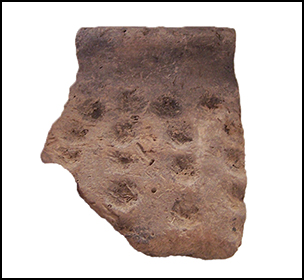Article contents
Change and continuity in the pottery of early Egypt: a stratified ceramic sequence from Nekhen, Hierakonpolis
Published online by Cambridge University Press: 27 September 2019
Abstract

While the technological, morphological and stylistic features of Egyptian predynastic ceramic material culture have been studied extensively, the driving forces behind change and continuity in this material record have received little direct attention. This article presents a reanalysis of a ceramic assemblage from stratified contexts at Nekhen, Hierakonpolis, in Upper Egypt, focusing on factors that may explain the variation and homogeneity observed. The study aims to enhance our understanding of the processes that generated change in the material culture of early Egypt and to provide a further test case with which to address analogous debates within studies of other early societies.
- Type
- Research
- Information
- Copyright
- Copyright © Antiquity Publications Ltd, 2019
References
- 1
- Cited by




